Description:
Un compteur de colonies est un instrument de laboratoire utilisé pour compter le nombre de colonies individuelles de micro-organismes (bactéries, champignons, ou levure) poussant sur une plaque de culture. Ces informations sont essentielles pour une variété d’applications, y compris:
- Déterminer la concentration de micro-organismes dans un échantillon
- Suivi de la croissance des micro-organismes au fil du temps
- Évaluation de l'efficacité des agents antimicrobiens
- Identifier les différents types de micro-organismes
Il existe deux principaux types de compteurs de colonies :
- Compteurs de colonies manuels : Il s’agit d’appareils simples qui permettent aux utilisateurs de compter visuellement les colonies à l’aide d’une loupe et d’un compteur portatif.
- Compteurs de colonies automatisés : Ils utilisent un logiciel d’analyse d’images pour compter automatiquement les colonies sur une image numérique de la plaque de culture.
Analyse:
L’analyse du nombre de colonies dépend de l’application spécifique. Par exemple, si vous essayez de déterminer la concentration de bactéries dans un échantillon, vous pouvez utiliser la formule suivante :
UFC/mL = colonies comptées / volume d'échantillon déposé
Famille de méthodes :
Le comptage des colonies est une technique microbiologique qui appartient à la dosage quantitatif famille de méthodes. Les dosages quantitatifs mesurent la quantité d’une substance dans un échantillon.
Types de tests :
Il existe de nombreux types différents de tests de comptage de colonies, en fonction de l'application spécifique. Certains types de tests courants comprennent :
- Numération standard sur plaque : Il s’agit du type de test de comptage de colonies le plus courant. Il est utilisé pour déterminer le nombre total de bactéries viables dans un échantillon.
- Test du nombre le plus probable (NPP) : Cette méthode est utilisée pour estimer le nombre de bactéries viables dans un échantillon lorsque la concentration est trop faible pour être comptée directement.
- Comptage microscopique direct : Ceci est utilisé pour compter directement le nombre de bactéries dans un échantillon, sans les cultiver au préalable.
Normes :
Il existe un certain nombre de normes internationales qui régissent l’utilisation des compteurs de colonies, tel que:
- ISO 6887-1 :2013: Microbiologie des aliments – Méthode horizontale de dénombrement des unités formant colonies – Technique de la boîte de Pétri
- ISO 7218 :2013: Microbiologie des aliments pour animaux – Méthode horizontale pour le dénombrement des Escherichia coli présumés – Technique de comptage des colonies
Principe de fonctionnement :
Les compteurs de colonies manuels fonctionnent en utilisant une loupe pour agrandir l'image de la plaque de culture, ce qui facilite la visualisation et le comptage des colonies. Les compteurs de colonies automatisés utilisent un logiciel d’analyse d’images pour identifier et compter les colonies sur une image numérique de la plaque de culture.
Applications:
Le comptage des colonies est utilisé dans une grande variété d'applications, y compris:
- Sécurité alimentaire : Pour surveiller les niveaux de bactéries dans les produits alimentaires
- Test de qualité de l'eau : Évaluer la sécurité de l'eau potable
- Microbiologie clinique : Pour diagnostiquer les infections et surveiller l'efficacité du traitement antibiotique
- Industrie pharmaceutique : Pour tester la stérilité des médicaments et des dispositifs médicaux
- Surveillance environnementale : Pour évaluer la qualité de l'air, eau, et le sol
Avantages:
Le comptage des colonies est un outil précieux pour une variété d’applications. Certains des avantages de l’utilisation de compteurs de colonies comprennent :
- Précision: Le comptage des colonies peut être un moyen très précis de mesurer le nombre de micro-organismes dans un échantillon.
- Sensibilité: Le comptage des colonies peut être utilisé pour détecter de très faibles niveaux de micro-organismes.
- Spécificité: Le comptage des colonies peut être utilisé pour identifier différents types de micro-organismes.
- Objectivité: Le comptage des colonies est une méthode objective qui n’est pas soumise aux biais humains.


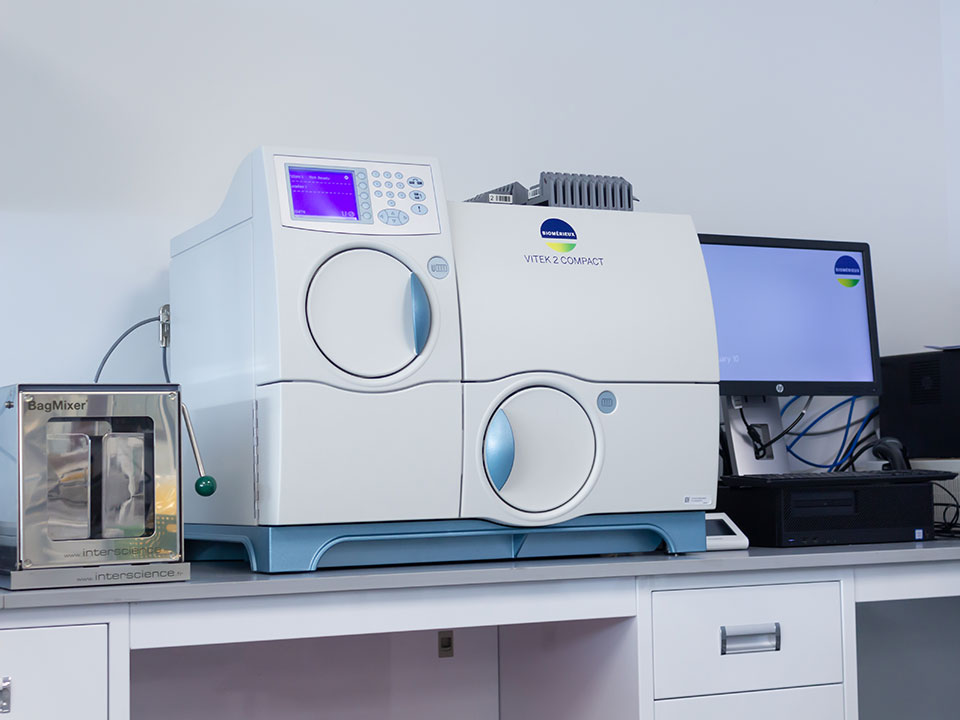
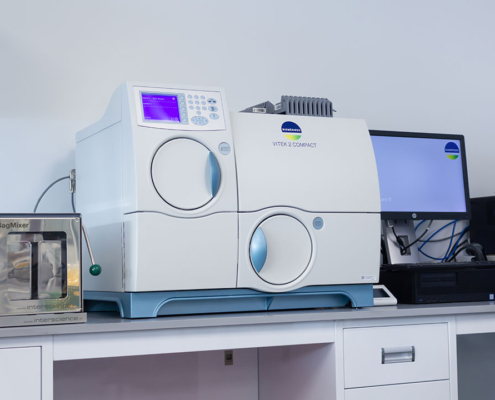
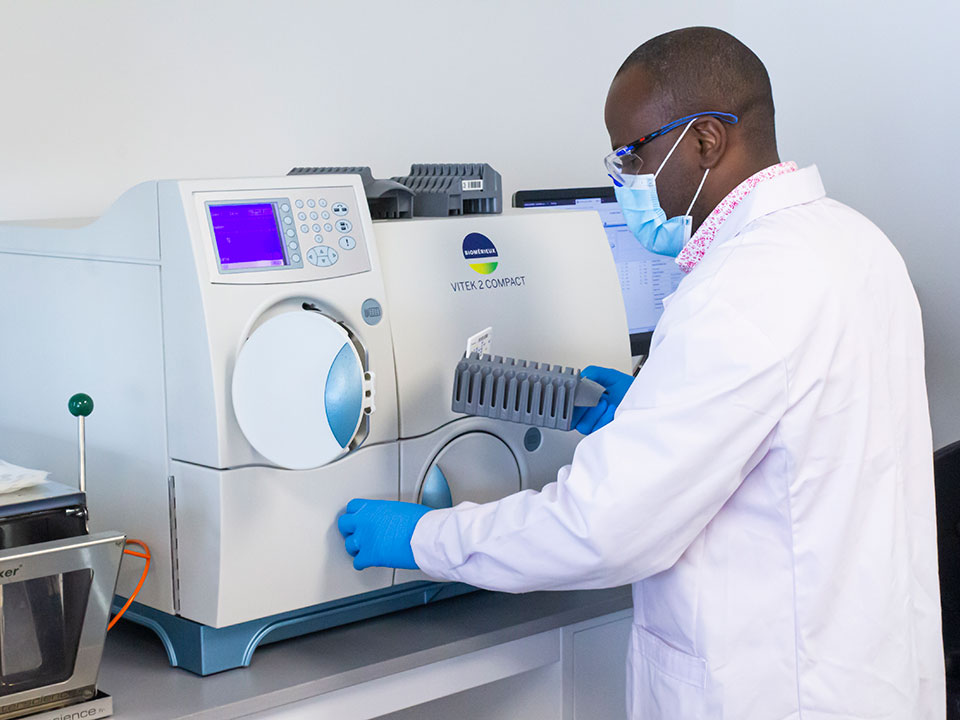
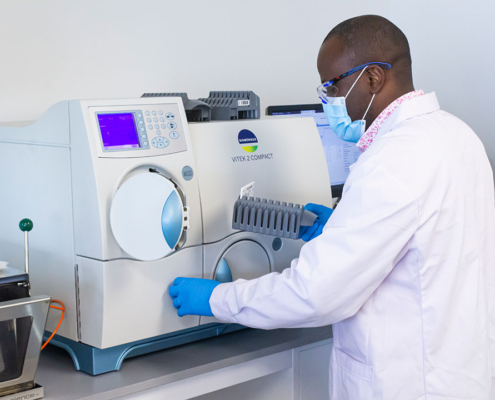
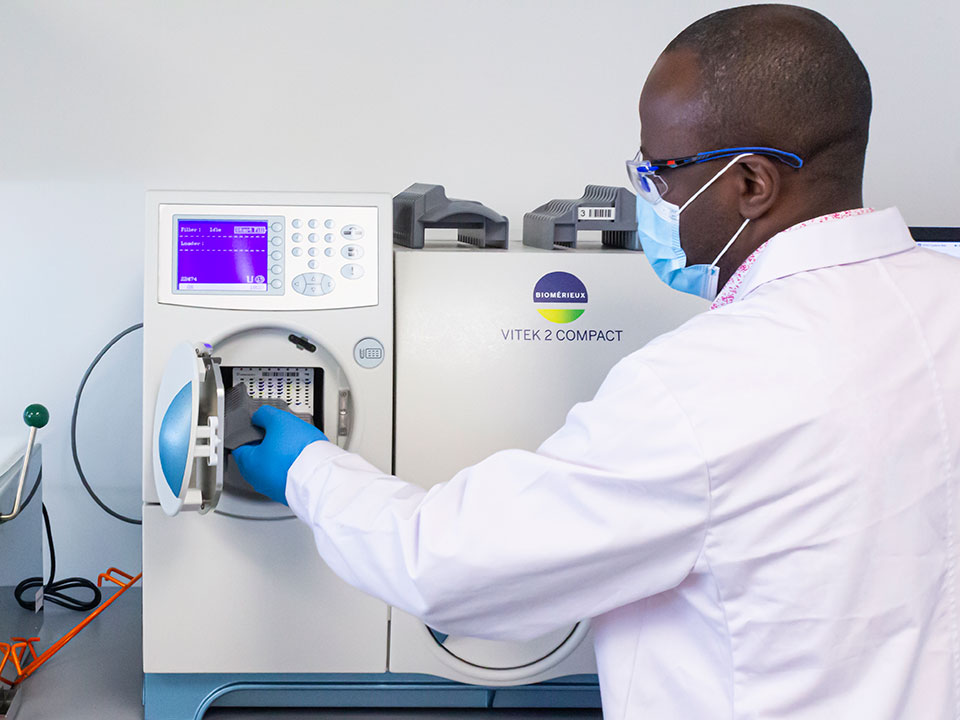
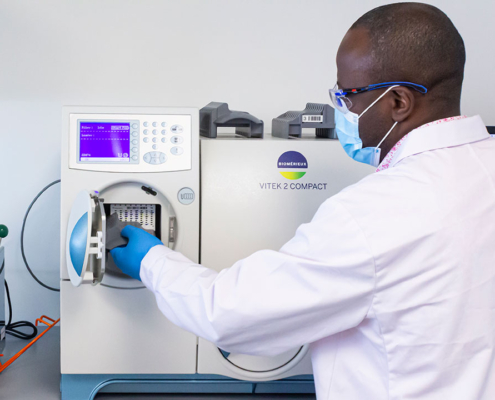
![Chromatogramme de mélange de vitamines[1]](https://nhplab.com/wpress/wp-content/uploads/Vitamin-mix-chromatogram1.jpg)
